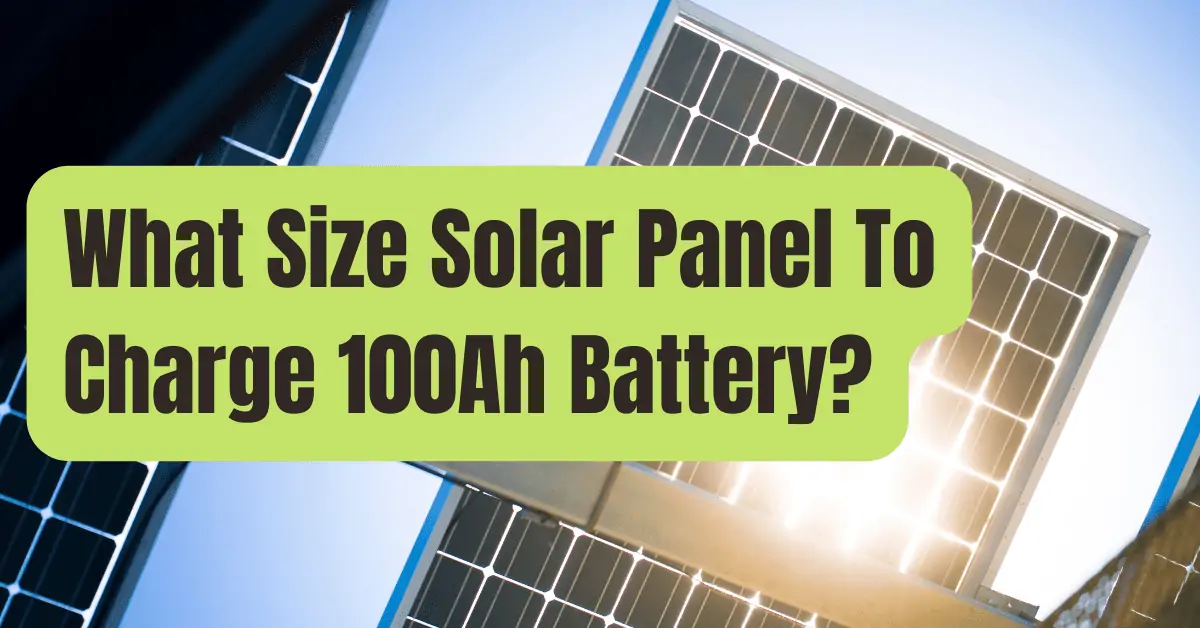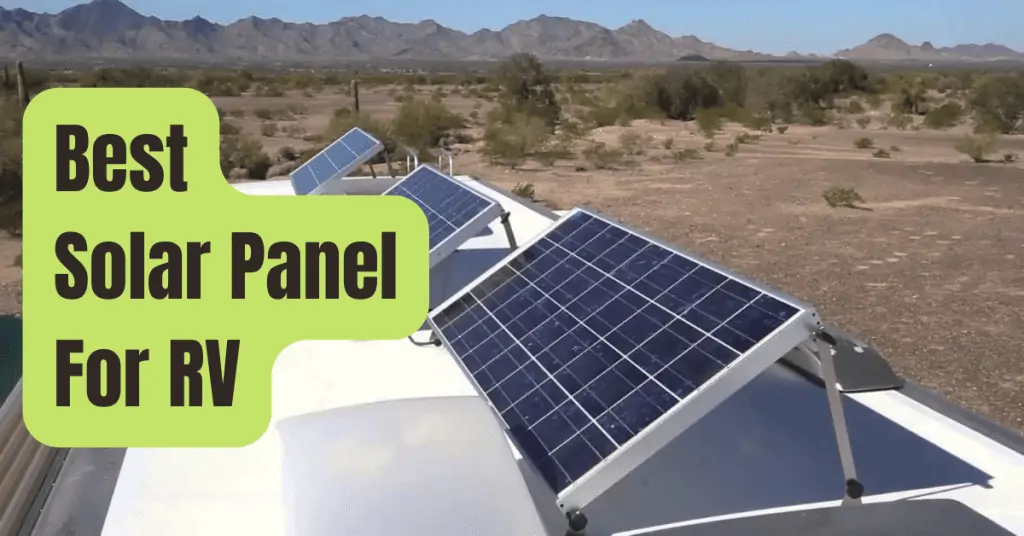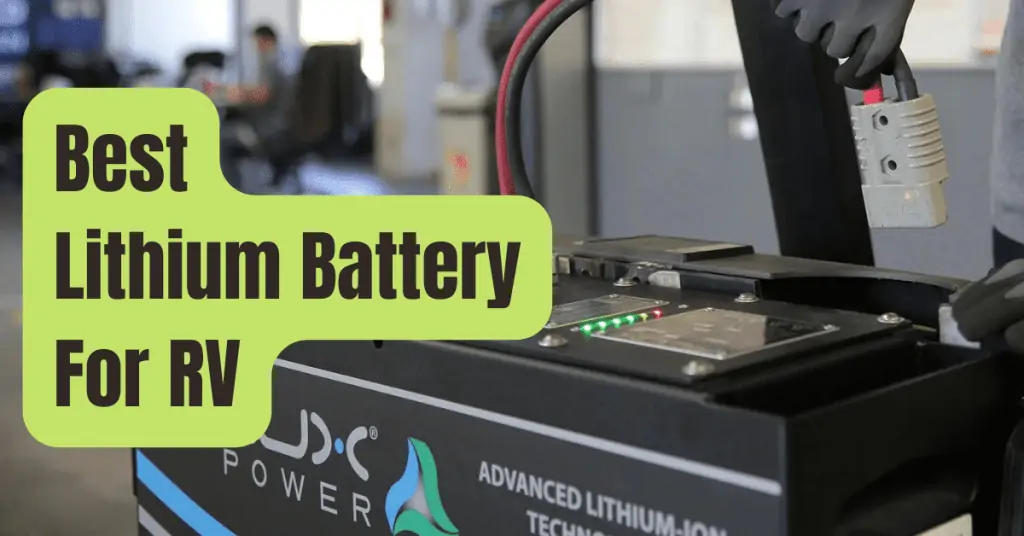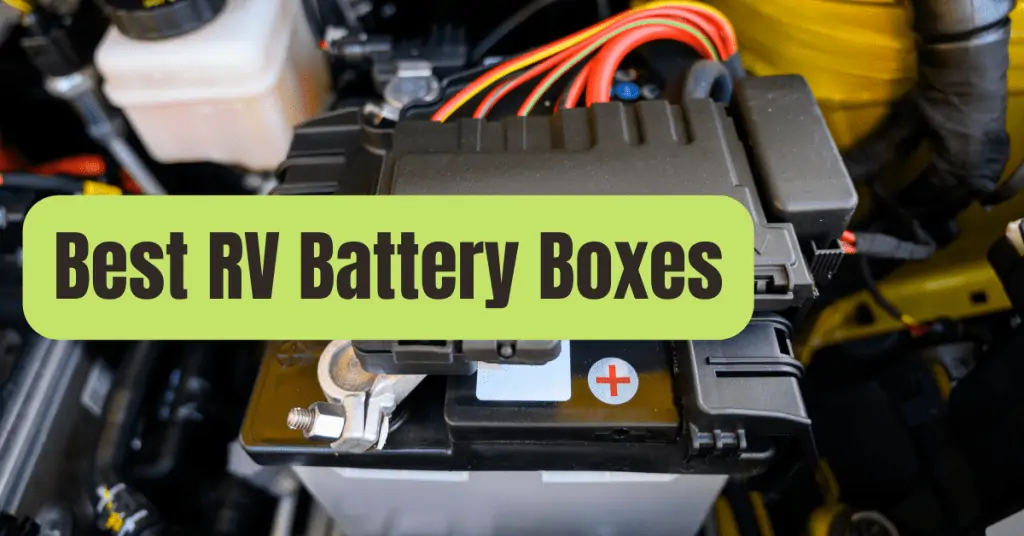To Charge A 100Ah Battery, What Size Solar Panel Is Required?
How much of the battery’s capacity has been consumed, to start? I can design the solar panel appropriately based on the quantity of energy I have to put back in if I know how many amp-hours have been drawn out, or discharged.
I’ve never completely depleted a lead-acid battery; unless it was inevitable, that would be unheard of.
While certain lithium-type batteries may be nearly completely drained, lead-acid cells should only be depleted between 20 and 80 percent, depending on whether they are deep-cycle or standard automobile batteries.
For the sake of this piece, I’m going to focus on lead-acid batteries as they are the most often used kind.
There are two different types of lead acid cell designs in the lead-acid category.
In example, assuming 4.2 peak sun hours per day, a 100Ah deep-cycle lead-acid battery would need 180 watts of solar power to completely recharge from 50% Depth of Discharge (DOD).
With a clear sky, it would need 8 hours to completely recharge.
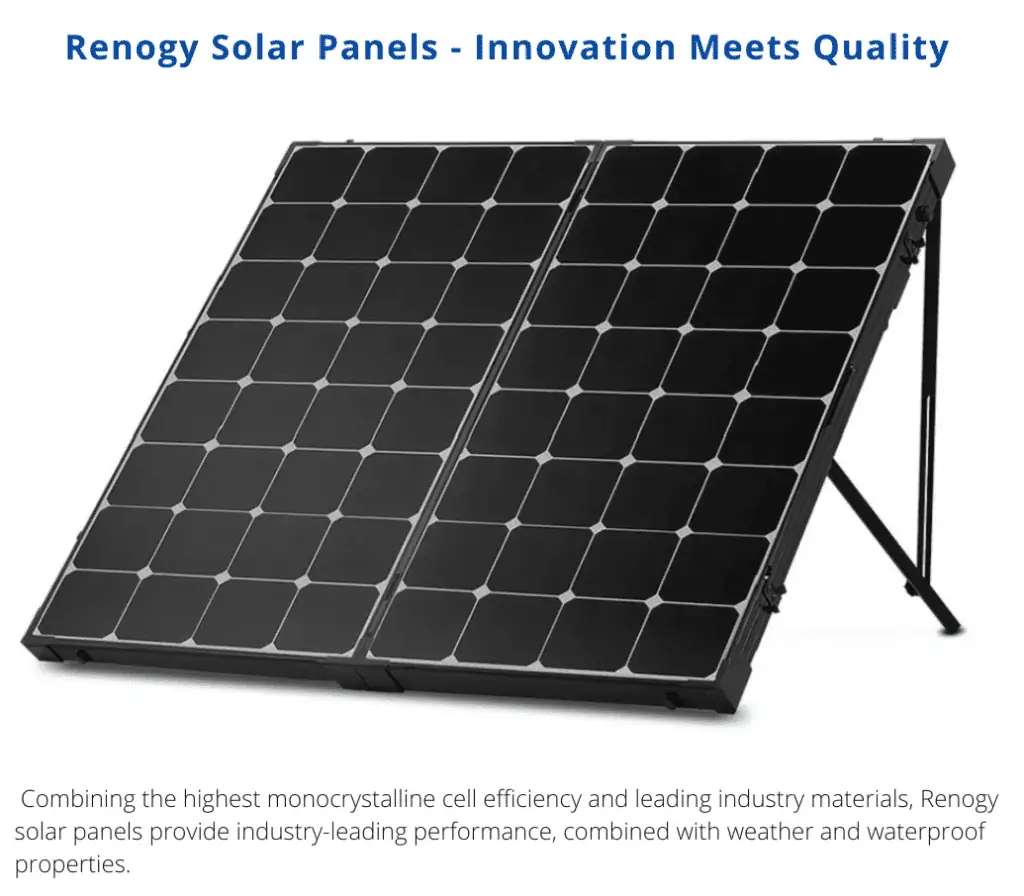
What Distinguishes A Deep-cycle Battery From A Standard Automobile Battery?
Batteries referred to be “leisure” or “marine” batteries have a substantially higher drain rate than a typical automobile battery.
They are substantially more costly as a result.
These batteries are called “deep-cycle” batteries.
The two separate cell types are designed with quite different power delivery strategies in mind.
Deep-cycle batteries are designed for uses requiring somewhat stable currents over a long period of time.
Auto batteries must quickly supply hundreds of amps to start powerful engines.
Additionally, their discharge capabilities vary.
A deep-cycle battery may be discharged to 50% of its capacity and, if necessary, to 80% without suffering any harm.
Nevertheless, it’s better to avoid draining a vehicle battery more than 15%, or 20% at most.
What Makes Charging Deep-Cycle Batteries Different From Charging Vehicle Batteries?
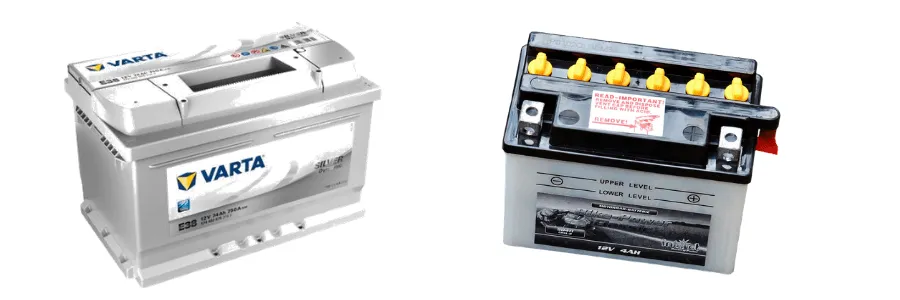
There are differences in the discharge capacity of 100Ah vehicle batteries and leisure-type lead acid batteries.
Let’s start with the 100Ah auto battery, which is periodically depleted to 20%:
100Ah times 20% equals 20Ah.
A 10Ah deep-cycle recreational battery may be periodically depleted to 50%:
100Ah times 50% equals 50Ah.
The deep-cycle battery will need more than twice as much solar energy to completely recharge it at a 50% depletion.
For my calculations, I’ll choose a maximum discharge of 20% and 50% for each kind.
Why is battery SOC and DOD important? What are they?
Soc Stands For State Of Charge, While Dod Stands For Depth Of Discharge.
They are essentially the same.
State of Charge shows how many amp-hours of battery capacity are still available, while Depth of Discharge shows how much power has been removed, or drained.
Since we need to replace this energy with solar, DOD is better for us.
How Do You Calculate The Battery’s Remaining Capacity?
Checking the terminal voltages using a cheap tester, such a multi-meter, is a fast and dirty technique to determine how many amp-hours are still in a lead-acid battery.
Before obtaining the voltage measurement, the battery has to remain idle for around 6 hours to ensure that no chemical reaction is occurring.
Chart For The Depth Of Discharge Of A Lead-Acid Battery
Match your terminal voltage to the % column in the chart below to determine how much capacity is still in your battery.
All varieties of lead-acid batteries may be used with the chart.
| State Of Charge % (12 V Pb) | Battery terminal voltage |
| 100 | 12.73 |
| 90 | 12.62 |
| 80 | 12.50 |
| 70 | 12.37 |
| 60 | 12.24 |
| 50 | 12.10 |
| 40 | 11.96 |
| 30 | 11.81 |
| 20 | 11.66 |
| 10 | 11.51 |
Converting Amp-hours To Watt-hours (Ah To Wh) To Determine Battery Capacity
Although measuring battery capacity in amp-hours (Ah) is practical, it may oversimplify how batteries provide current.
For instance, it’s not as simple as it would appear to relate amps to time.
A 100Ah battery may provide 10 amps for a short period of time, but not for ten hours!
Even a deep-cycle type, and a vehicle battery considerably less, can only provide 10 amps for 5 hours.
Both temperature and the rate of current draw are important.
Since solar panel output over time is likewise expressed in watt-hours, using energy in watt-hours (Wh) as a measure of battery capacity makes perfect sense.
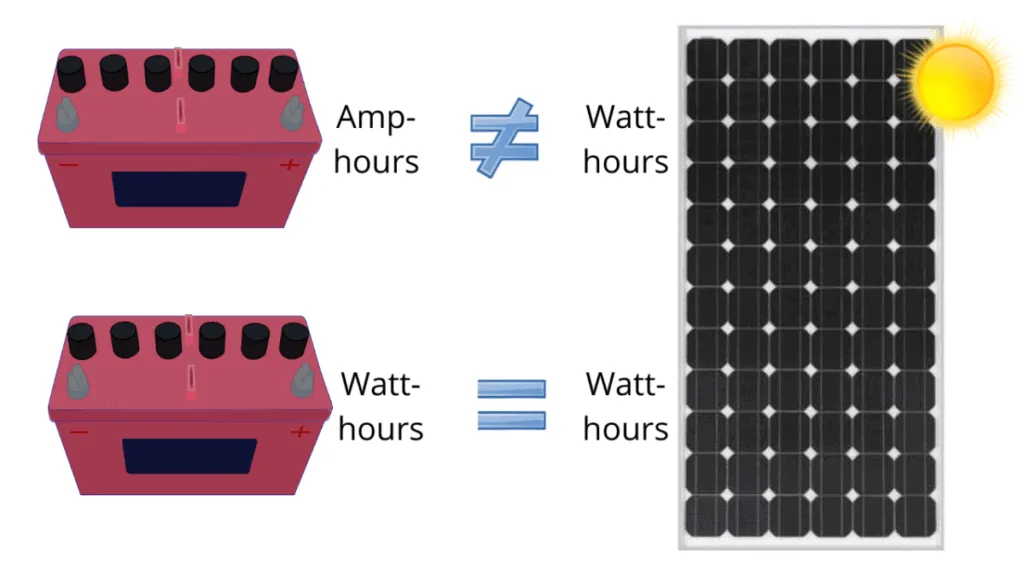
Solar panel size is simplified when amp-hours are converted to watt-hours.
Let’s see how much solar power is required to recharge each kind of battery:
Battery for a car: (100Ah x 20%) x 12 volts is 20 x 12 = 240 watt-hours.
Deep-cycle (leisure) battery: (100Ah multiplied by 50%) is 50 volts at 12 volts, or 600 watt-hours.
Where you reside, how much solar energy is accessible?
How To Locate Location-specific Daily Solar Irradiance Data
Although there are additional factors that influence solar panel efficiency, irradiance—the amount of sun’s radiation that hits the panels in your location—has a major impact on solar panel power production.
There are two techniques to quantify irradiance:
- Kilowatt-hours (kWh) per square meter each day
- Peak-sun-hours (basically the same units)
Irradiance based on where you are as well as the seasons.
For instance, it is almost three times higher in Texas than in London, UK.
In Houston, Texas, a solar panel of a comparable size would generate three times as much electricity as one in London.
The quickest approach to determine your city’s peak sun hours is to visit the website Global Solar Atlas and utilize the historical irradiance for your area.
The technique is shown in the following image:
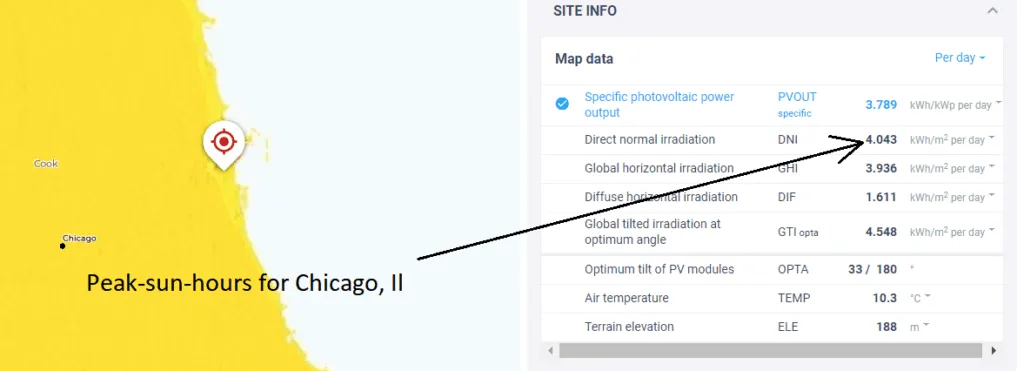
Irradiance during the height of the sun is seen in historical data at every place.
You may calculate the energy in watt-hours that a 100 watt solar panel will produce in your city by multiplying the peak sun hours for your specific location by 100.
A 100 watt solar panel will typically produce 400 watt-hours a day on average, however this number will vary depending on where you live.
How To Size Solar Panels For The Sun’s Strongest Hours
To demonstrate how it works, I’ll use 400Wh/day as an example.
The calculation shows how many solar panels with a 100 watt rating I would need to recharge each battery:
- Battery for a car: 240 watt-hours (100Ah x 20%) x 12 volts.
- One 100-watt solar panel could charge this battery in less than a day, around 5 hours.
- Deep-cycle battery: 600 watt-hours from (100Ah x 50%) or 50 x 12 volts.
To recharge this battery in less than a day, I would need two 100-watt solar panels; two 100-watt panels provide around 800 Wh each day.
I would increase the size of your proposed solar panel by 30% to 50% since solar circuits usually experience losses.
Every cloud that moves across the sky will cut down on the energy generated in addition to the power lost due to intrinsic circuit losses.
This graph illustrates how solar panel size is impacted by peak sun hours and how the sun’s energy may differ across geographical areas.
| Location | Glasgow, UK | Chicago, Il | Lancaster, Ca | |
| Peak-sun-hours/day | 1.86 | 4.03 | 8.07 | |
| The amount of solar power (in watts) required to completely charge each kind of battery in a single day is 100Ah. | Drained 20 Ahcar battery (20 percent ) 240 Wh are needed. | Required solar panel rating of 130 watts | Required solar panel rating of 60 watts | Required solar panel rating of 30 watts |
| Deep-cycle – discharged 50Ah (50 percent ) – 600Wh are needed. | Requires solar panels with a 322 watt rating. | Required solar panel rating of 149 watts | Required solar panel rating of 75 watts |
As you’re comparing comparable energy units—the energy required to recharge the batteries stated in kWh matches the kWh provided by the solar panels—converting Ah to kWh is a good way, in my view.
Instantaneous current measurements aren’t relevant to solar panel power generation since the sun’s angle changes during the day, and any shade brought on by cloud cover has a significant impact.
Peak-sun-hours is a precise approach to design solar panels for battery charging since it provides a fantastic average value of the energy the sun produces over the course of a day.
Can I Directly Connect A Solar Panel To A Battery?
For charging 12 volt batteries, a solar charge controller is required at all times.
Never connect a solar panel directly to a battery unless the panel’s output is so negligibly little that no current is produced.
There are two options for solar controllers, and they operate differently on a fundamental level.
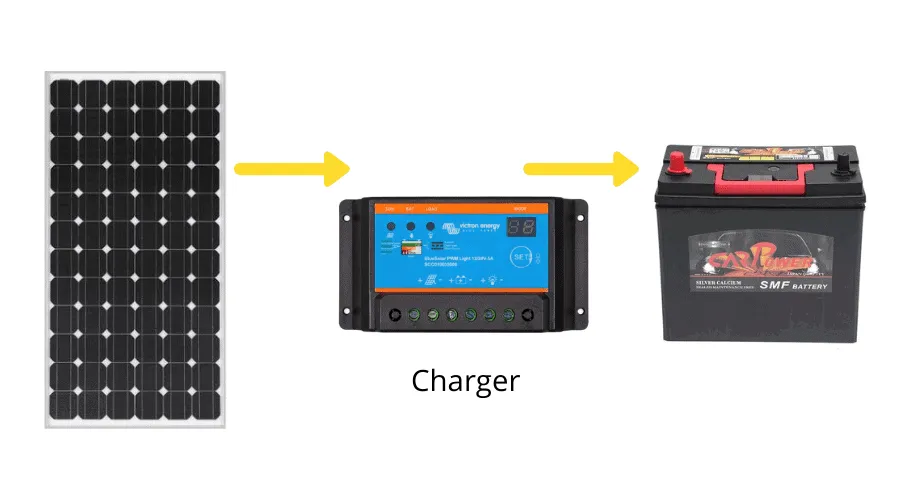
Which Of MPPT And PWM Is Superior?
The less effective of the two solar charger types is the Pulse Width Modulation (PWM) charger.
The panel output voltage is lowered to a level that is just over the battery volts once the battery voltage is measured.
The Maximum Power Point of the solar panel is not taken into consideration by the PWM operating concept.
A solar panel’s voltage and current are at their highest at the MPP, and the majority of the charging power is produced at this point.
Different principles govern how the MPPT solar charge controller functions.
Each circuit’s internal resistance varies.
It is referred to as the Characteristic Resistance in solar panels.
In order to produce the most power, an MPPT solar charger modifies its internal resistance to match the panel’s.
Up to 40% more power may be produced with MPPT solar charge controllers than PWM.
Are Solar Panels Connectable In Pairs Or Groups?
Compared to PWM controllers, MPPT controllers may utilize greater voltage inputs.
Up to 60 volts may be accommodated by even a 400 watt model.
In fact, MPPT chargers perform better when the solar input voltage is greater.
A 100 watt solar panel with 36 sun cells has an open circuit voltage of roughly 21 volts.
In a pinch, three might be connected in a series arrangement as seen below:

If solar panels are joined in series, their voltage doubles.
The chosen supplier of solar panels, kits, batteries, and solar control accessories is quickly evolving to be RENOGY.
Based in the US, where the items are made, they have a solid reputation for quality and innovation.

